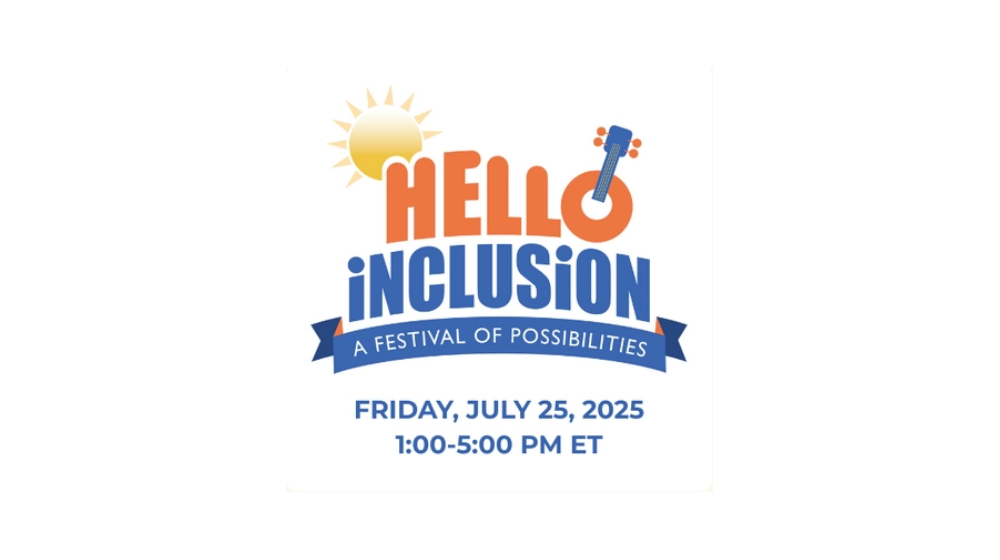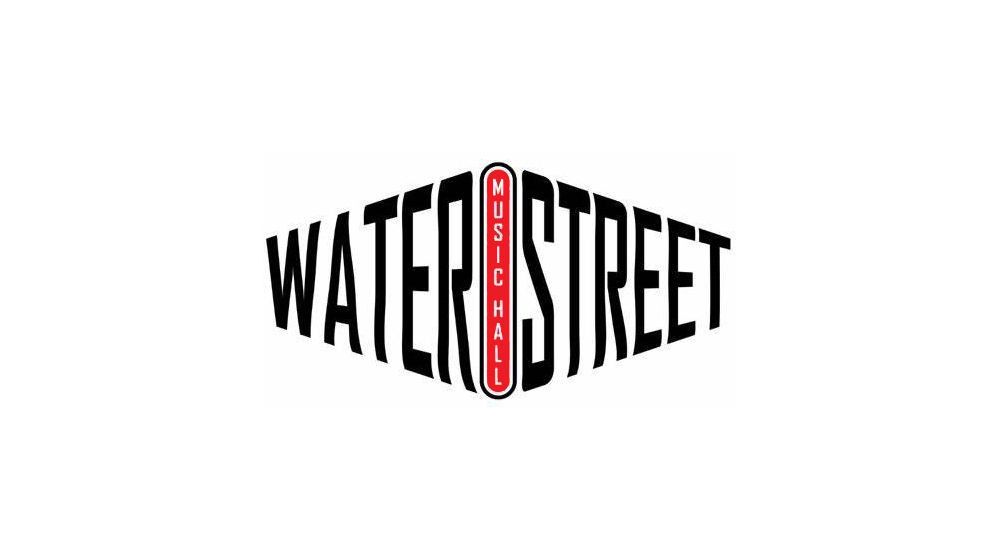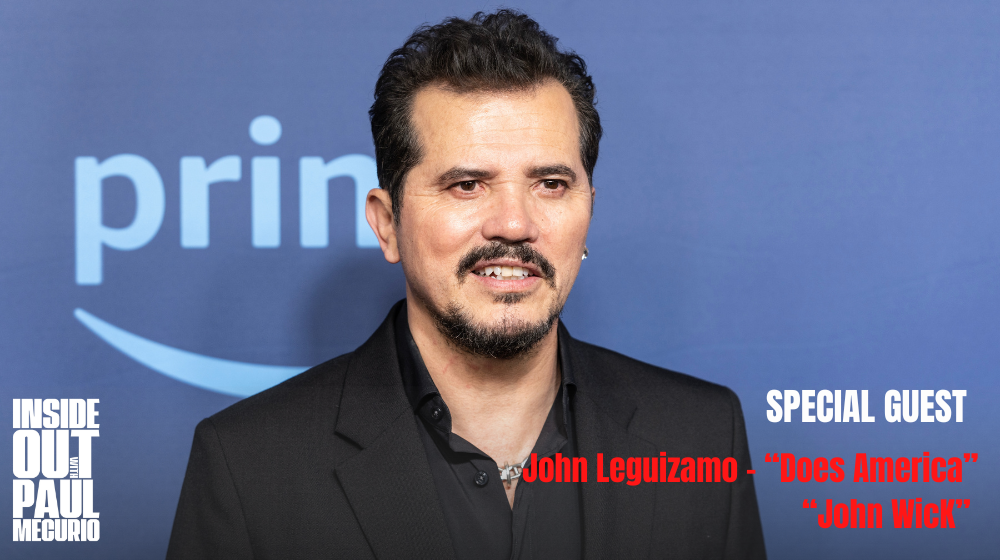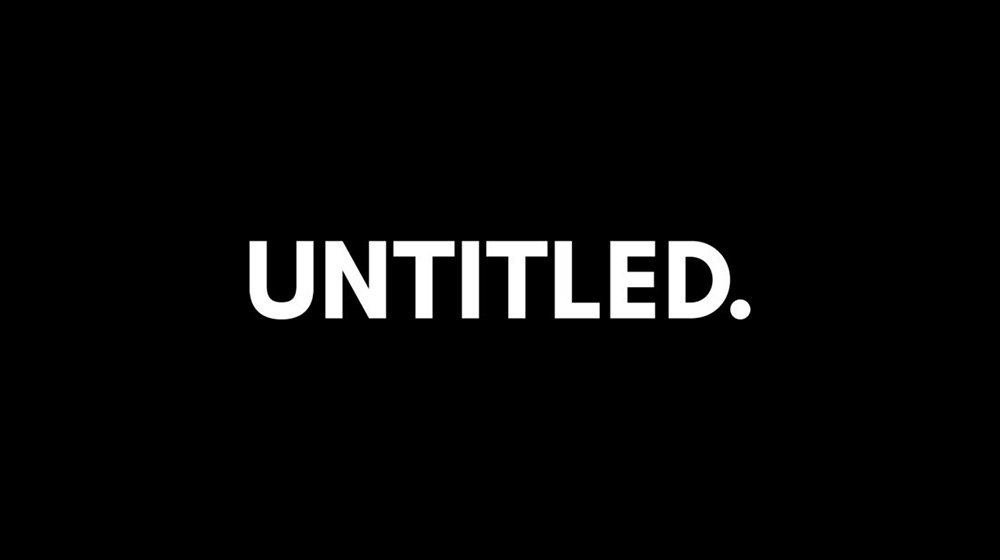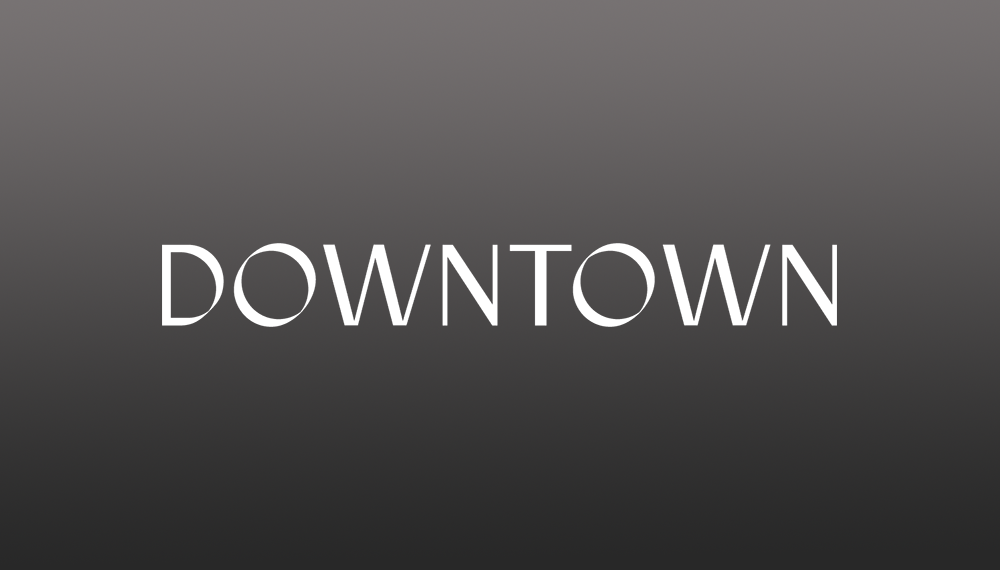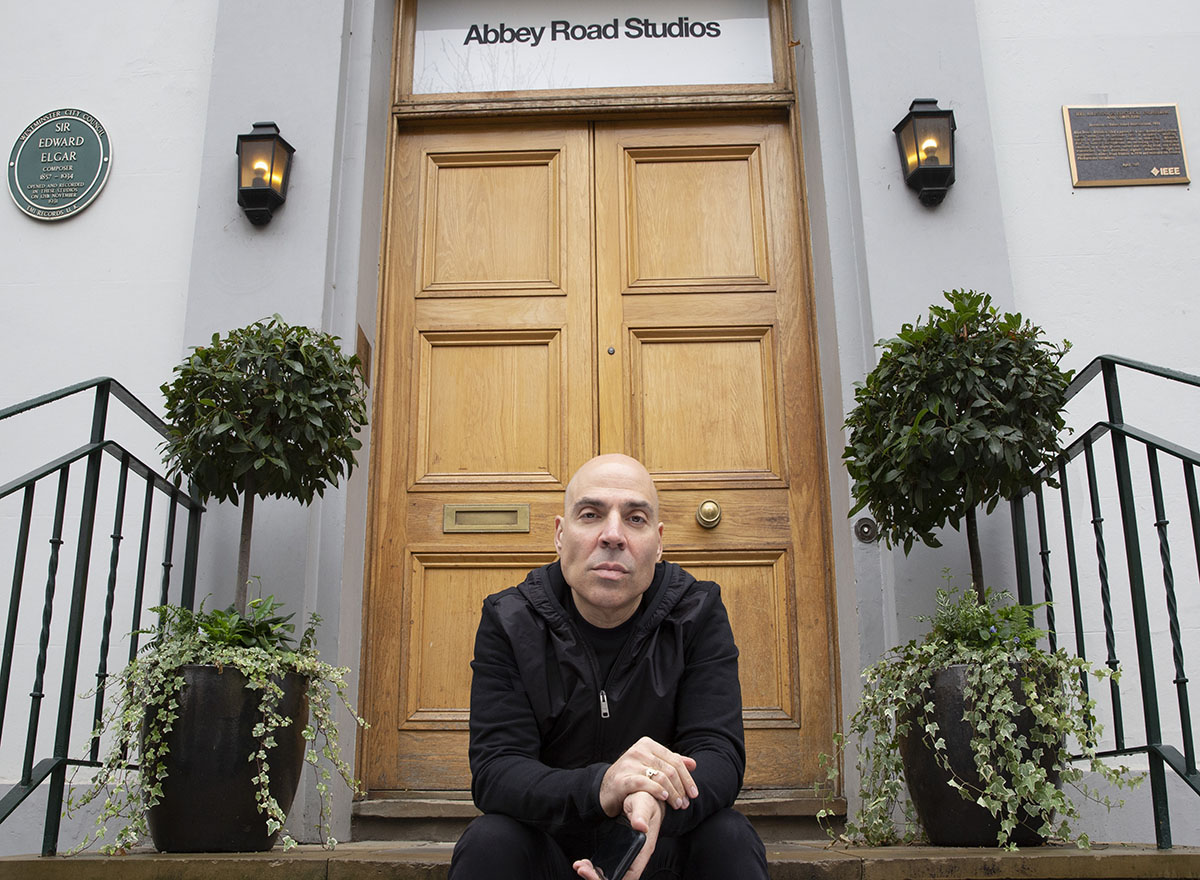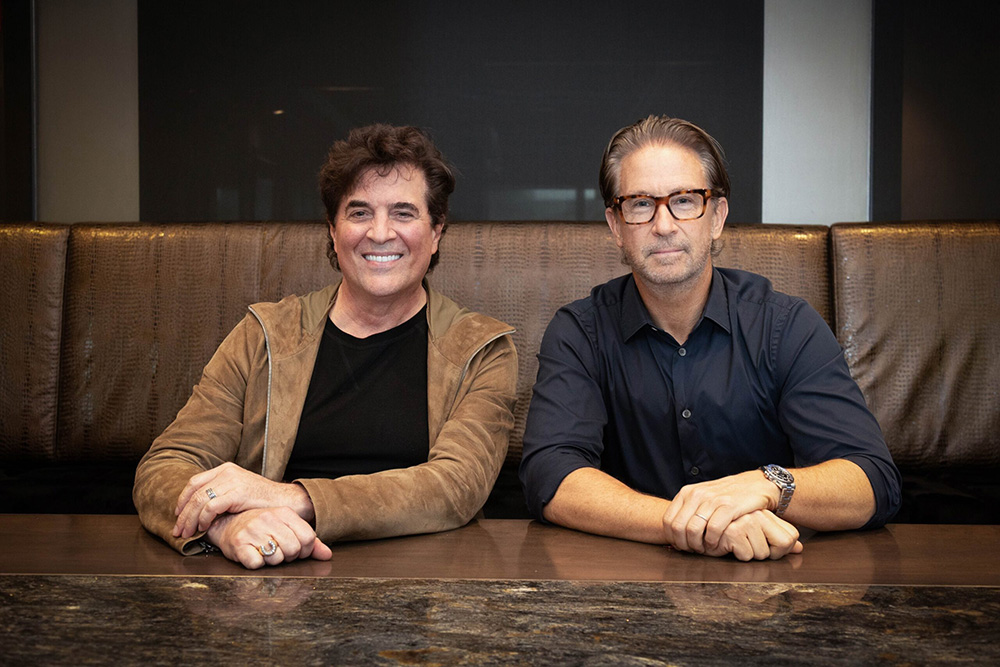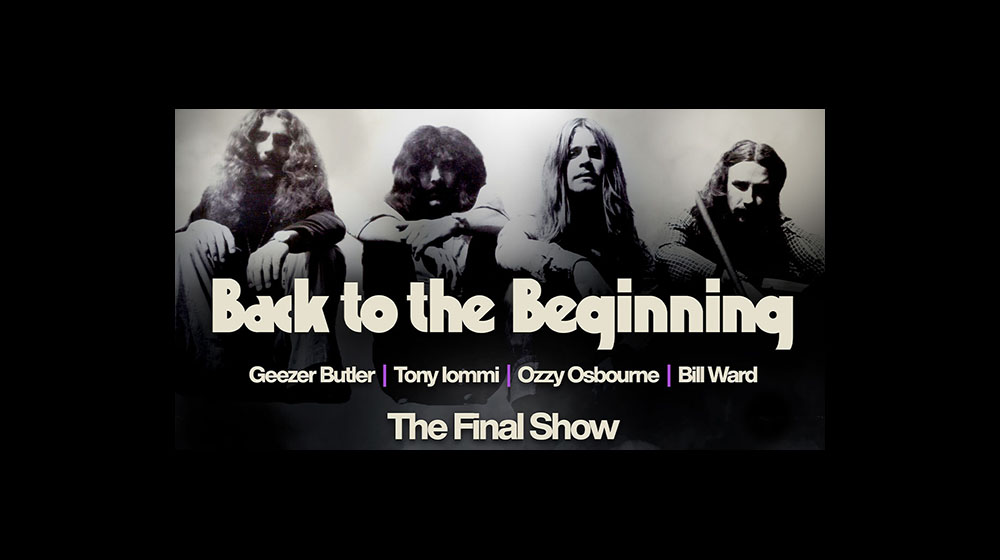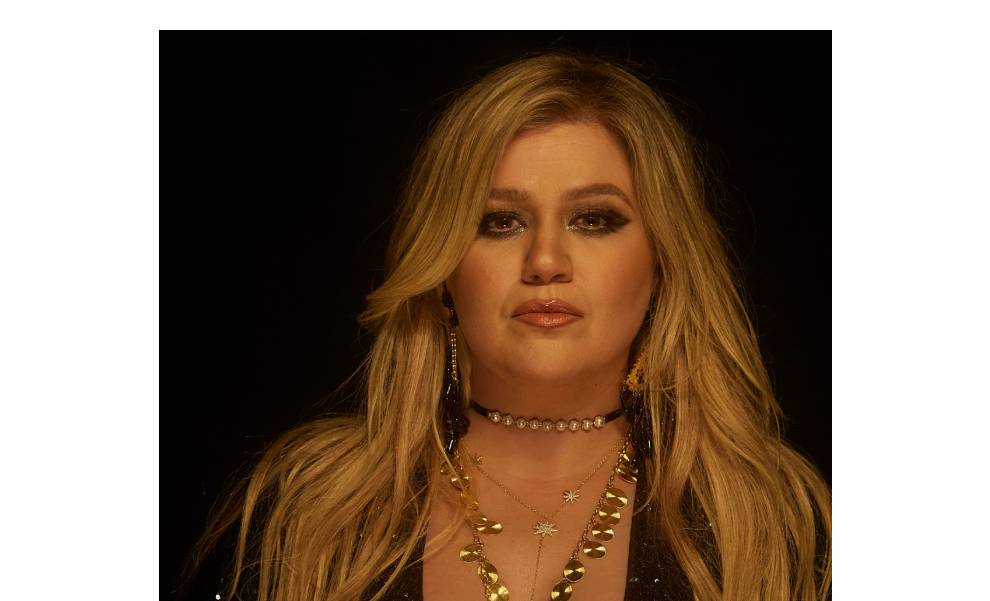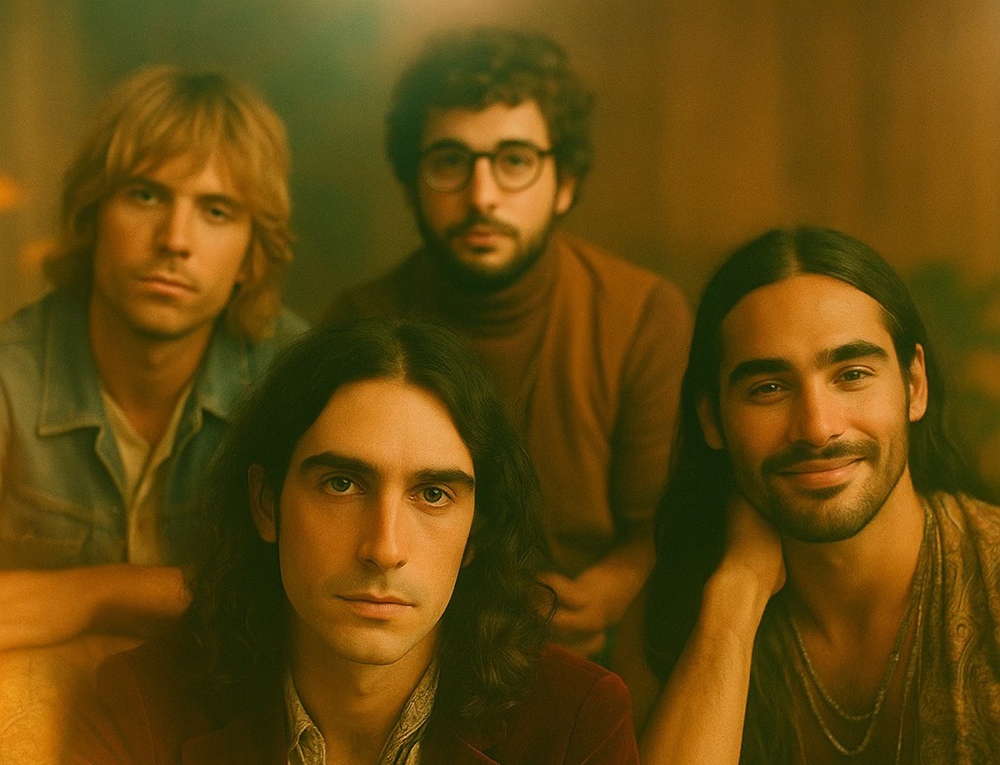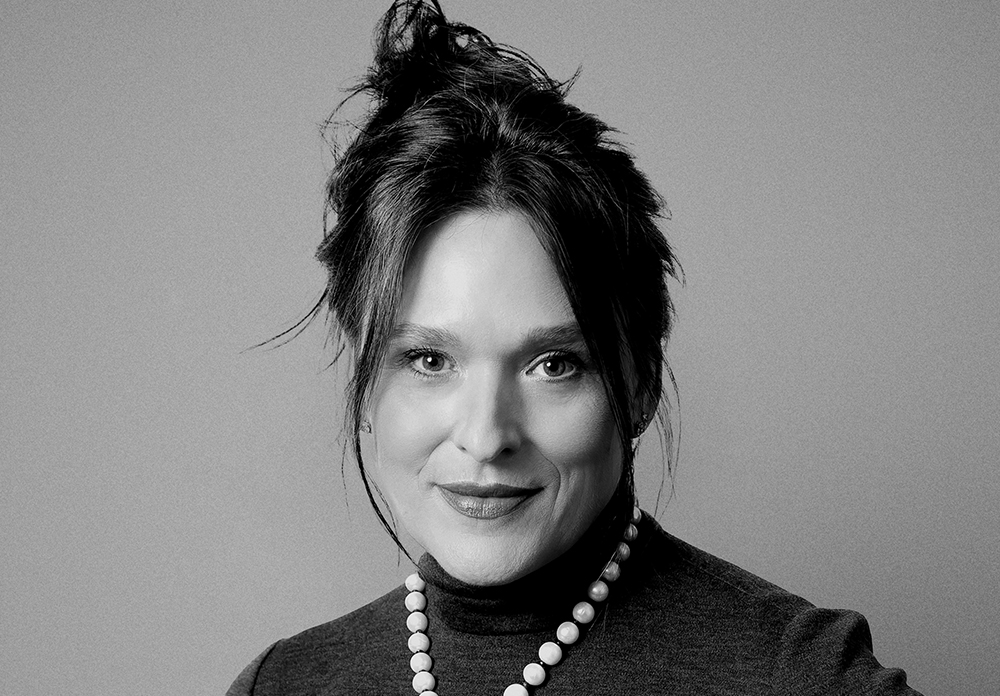
(Hypebot) – Spotify recently announced another solid uptick in subscriber numbers, growing from 12.5 million subscribers back in November of 2014 to 15 million as of January, 2015. In response, folks like Mark Mulligan, Jon Maples, and others have continued pondering the impact of price (e.g., $0.99/month promotions, Family plans, etc.) upon demand for music service. I thought I would startup the Somewhat Wayback Machine and try to add further to this conversation about music service pricing using some data and analysis from a few years back…
This post is based upon a presentation I made in May of 2011 (video) at the World Copyright Summit, at which I was asked to speak on the value of music. During that presentation I offered up an analysis of data, these data suggesting that $9.99/month (or £9.99, or €9.99) was most likely not the most revenue maximizing price for music services, such as Spotify, Rdio, Rhapsody, etc. This work also led to a brief post in 2012.
Essentially, I argued that prices for these services would fall, or at least should fall, given it appeared (from the data) that the largest pools of revenue—and therefore royalties—could be found at lower prices. In other words, it wasn’t that no one would pay $9.99 for music, but that so many more people would be willing to pay at lower prices.
Most importantly, the total value of the revenue pool (i.e., price multiplied by the number of subscribers) seemed to find its maximum at prices below $4.99/month, if not as low as $3.99/month. In fact, these data suggested that by cutting prices by more than 50% the industry could make greater than four-times the revenue—the sort of circumstance that suggested significant price elasticity (sorry for the jargon).
In other words, maximizing the total value of music could mean significantly lowering prices. In a later post, we can chat about the forces that make it difficult for the music industry to think solely about total revenue.
However, as music’s largest stakeholders were contemplating the global expansion of licensed music services, a presentation suggesting the price of these services would likely fall was not exactly what everyone wanted to hear. Spotify (launched in Sweden in 2008) was just about to officially launch in the US in July, 2011, two years later. Rdio had launched about a year earlier, in 2010. Deezer had been operating in France since 2007. But in the US, we had seen music services like Rhapsody and Musicmatch (remember the Yahoo! music service?) since 2001—and prices had been consistently falling over time.
And, since I always show my work, here goes…
The data and the analysis, in pictures
While I had done other pricing work using a range of underlying data, this presentation employed only public data as published by NewMediaAge in May of 2011 (not available online). Below are the “bins” into which answers fell on a survey to which people were asked to respond to a simple question: “How much would you pay for a subscription music service?” – Guest Post by David Touve on Rockonomic.



























